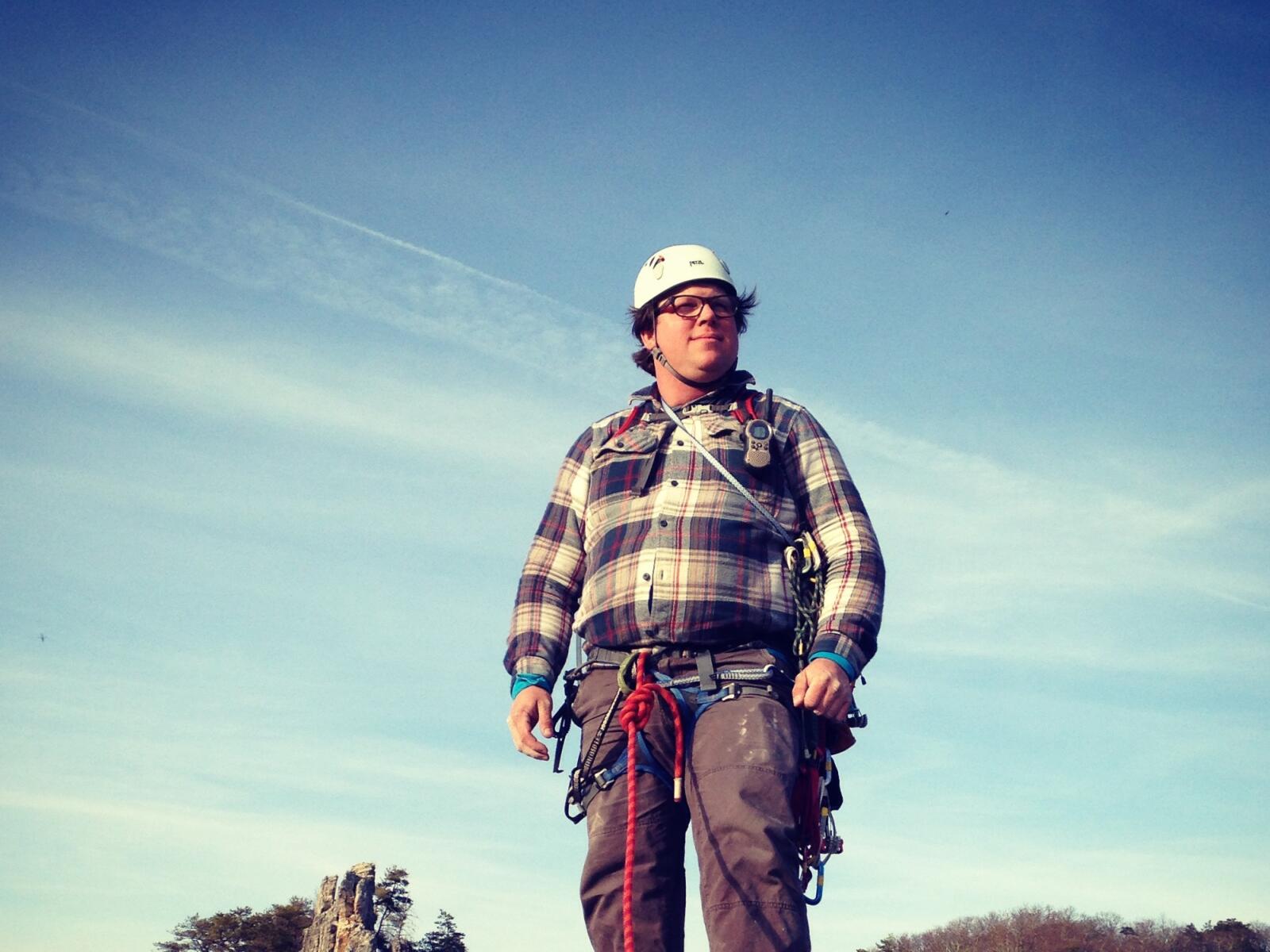Indoor Climbing Gyms: the Biggest Paradigm Change to Hit Rock Climbing

Whether or not you are a current rock climber, one thing is for certain: rock climbing is a growing sport that everyone is hearing about. Between TV commercials, Sixty Minutes, blog posts, and Reader’s Digest articles that my mom saves for me, people are now coming into contact with rock climbing, both indoor and outdoor, more than ever before. This increase in popularity has caused a once small industry to expand to a new level – with Pittsburgh primed to follow suit.
Based on recently released data on the 23 indoor climbing facilities that were built in 2013, the Climbing Business Journal reports that, “We’re happy to say that we are not in a bubble but instead see a nicely maturing industry with plenty of potential for investment and innovation.” This surge in participation is allowing climbing gyms to implement new, improved, and more useful climbing products and education programs giving climbers more exposure to this multi-faceted sport – this is especially true in places around the world where outdoor climbing is inaccessible or non-existent.
And thanks to industry leaders like Walltopia USA, indoor rock climbing is in the middle of a revolution: one that means radical designs, cooler technology and a safer environment. “Our products are on the forefront of climbing technology. Moveable boulders, adjustable angle wall systems and better texturing are just a few reasons why people, especially those who have never touched real rock, are now coming into contact with the sport,” said Adam Koberna, Walltopia USA’s sales manager. “We produce a wide range of products that cater to climbers across the spectrum, and our technology gives climbing gyms the perfect palette for giving climbers the optimal experience.”
Outdoor rock climbing, previously the catalyst for training indoors, isn’t readily available everywhere or to everyone. Nowadays, many climbers are starting their climbing careers in this 'artificial' setting and it’s become the job of the indoor rock climbing industry to not only expose climbing to people that may not have otherwise had access to the sport, but to provide a safe, comfortable, and informative atmosphere in which to learn the ropes. In cities like Pittsburgh, where world class level outdoor climbing is just a car ride away, climbing gyms are increasingly finding themselves faced with integrating new climbers into the community.
As the interest in climbing continues to grow, so does the community of climbers, as well as new and unexpected challenges. A recent article in Rock & Ice called into question the lack of mentorship currently taking place with new climbers, and thus creating an overall dangerous climbing atmosphere for everyone, specifically when these new climbers go outdoors. While the author makes a good point, we know that addressing this recent shift is a major priority for the local climbing community.
As Tom Cecil of Seneca Rocks Mountain Guides points out, “indoor climbing has created the biggest paradigm change climbing has ever experienced - previously no matter [in] what era you began climbing, we all had more or less the same organic experience, and it was always outdoors. Your first day climbing, you learned that rocks break and fall and that route finding means following 'the path of least resistance'.” And although Tom agrees that, “learning to climb indoors is a different experience than learning to climb outside,” he firmly believes that the future is bright because of the indoor rock climbing gym industry “embracing these differences and doing the best job… to educate their clientele of these differences.”
Between local resources such as Seneca Rocks Mountain Guides, Explorers Club of Pittsburgh, Exkursion Outfitters, international innovators like Walltopia, gyms continuing to evolve their educational programs to meet the changing climbing community, and climbers reaching out and teaching and mentoring newer climbers, we’re finding ourselves at an exciting point in rock climbing. And beyond the influx of climbing educational programs and opportunities available, today’s climbers have access to high-quality, lightweight, and safer gear than generations past. It’s with these thoughts of exciting innovation and indoor/outdoor climbing community collaborations that we look forward to the future of rock climbing for generations to come.
We can’t wait to see you at ASCEND to share in this experience!